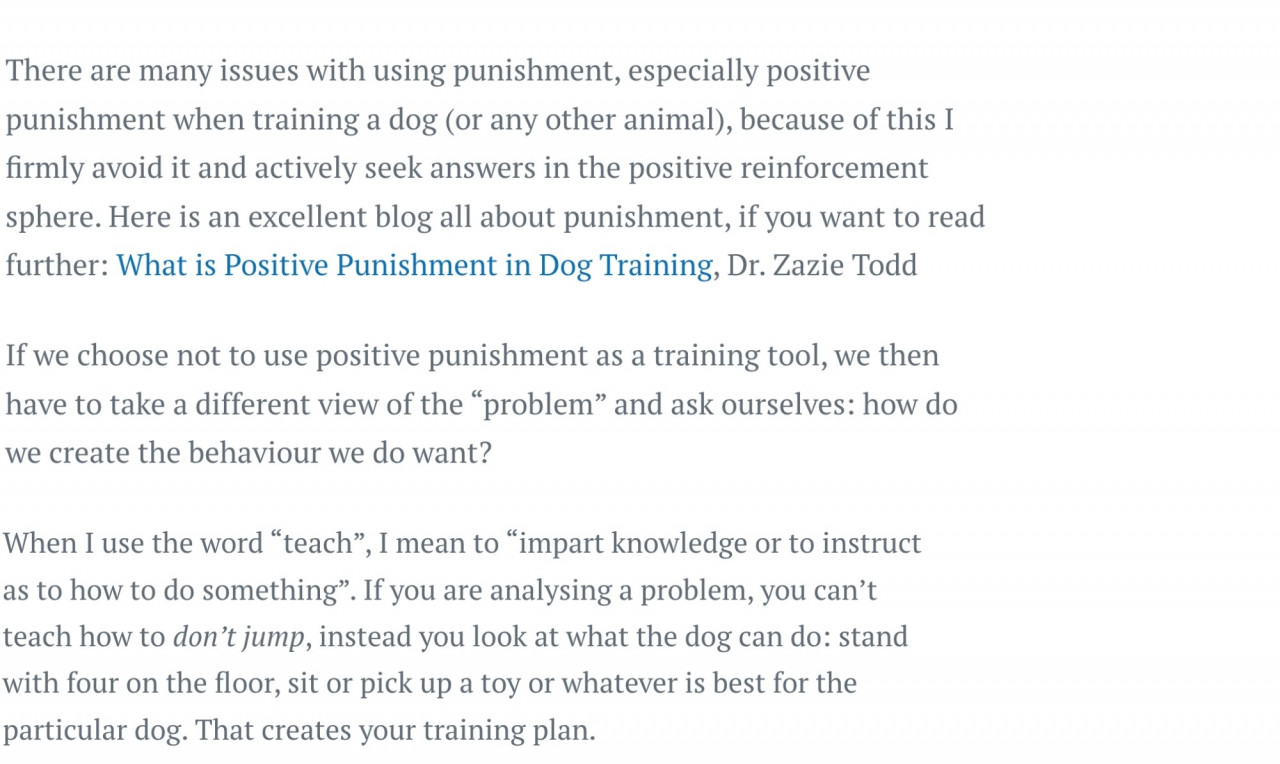For all the dogs who've touched our hearts
5 Essential Questions to Ask Before You Train Your Dog

Teaching a dog well requires strong foundations and layers of learning. Ignore "quick fixes" and ask yourself 5 essential questions before you train.

Quick fixes and internet promises

Bright shiny ads promise: Train “come” in 1 minute! Use this quick fix for your barking dog! or These games are guaranteed to stop….The truth is training a dog well rarely happens quickly.
Teaching come in 1 minute in your backyard does not guarantee recall at the park, the beach or even in your backyard on a different day.
Training takes time. It’s a process that requires laying strong foundations, reinforcing strength brick by brick and shoring up against environmental flurries.
If you want to teach your dog well, here are 5 essential questions to get you headed in the right direction.

Question 1: What do I teach?
Not - What do I stop?
You cannot teach a dog to NOT do something.
Put the meaning of "teach" into Google and you get: impart knowledge to or instruct (someone) as to how to do something."she taught him to read"
To teach is a proactive process during which the learner is educated on what to do.
It's common to express ourselves in negative terms: I want my dog to stop jumping, pulling, barking… However, when setting up a proactive and reward based training programme, you need to focus on what it is you want your dog to do instead of the undesirable behaviour.
For example, if you want your dog to “Stop running away” what you teach looks like this:
When she hears my cue of “come” my dog will turn around, run straight to me, stop and stand in front of me while I hold her collar and attach her lead.
These are tangible things you can work on with your dog. You can teach her to stand still, have her collar held, run to you, turn around when she hears your cue. All taught separately and then chained together to form a recall.

Teaching a dog to be happy being grabbed and held by their collar is one part of a good recall

Be descriptive
When thinking about the behaviour, be as descriptive as possible. Imagine all the moving parts and write them down in a logical description.
For Example:
When she hears the cue of “Mat”, Bonnie will run directly to a mat over a distance of 3m, turn around to face me, lay down and remain there until cued to do otherwise.

Up for a challenge?
Can you re-write one of the following statements in terms of what can be taught? Post the answers in the comments below if you would like to give it a go. Remember to imagine what the behaviour looks like and be descriptive.

- I want my dog to stop jumping on people – My dog will…
- I want my dog to stop nipping me when he plays – My dog will…
- I want my dog to stop pulling on the lead – My dog will…
- I would like to teach my dog to…. (describe it)

Question 2: Why do I want to teach it?
Motives matter!
Do you know why you want to teach a behaviour or are you doing it because you think you should? Are you teaching it because it's funny, cute or because you’ve seen it on the internet? Is it about control, manners or discipline?
How do your dog’s needs factor into the decision? Have you considered this?
Your motives make a difference to your attitude when teaching. Emphasising manners and discipline for example, can bring a “you must” mindset to the behaviour, which can lead to punishing your dog.
Ask yourself – Why does this matter to me? And how does this benefit the dog?

What benefit?
The best choices of behaviours are when the needs of both are met.
Teaching a recall
- Matters to me because it will keep my dog (and others) safe
- Matters to her because she can have more freedom
The reasons don’t need to be earth shatteringly serious. You can have fun teaching novel things such as roll over or shake a paw simply to enjoy time together. Just be careful your choices are benefitting the dog, you may need to think deeply about this. Some things that seem impressive, such as standing on back legs or crawling, are only suitable for dogs who do them naturally or have had extensive and supervised strength training.
Please avoid:
- It matters to me because I want to do that clever training
- It benefits her… I’m not sure


Free to run like the wind

Question 3: Where do I want to teach it?
Brick by brick
Where do you want your dog to do this behaviour? The park? In your street? At a coffee shop? Under what conditions?
It's good to remember we need to teach the dog in all these different conditions.
Train in different places in one room, then in different rooms. Practice in your front and back yards. Once the behaviour is taught in these places it should quickly rebuild elsewhere, but you will need to rebuild. This means laying the foundations again by asking for the simplest version of the behaviour and progressing back to where you were at home.
This is a skill that needs to be learned.

Environment flurries
All the stuff that interests your dog!
If you want a really strong behaviour you also need to include things like:
- Where and how you stand: don’t always stand up straight or right in front of the dog when you teach, give her a different picture each time you train
- Who is around: other people, kids, dogs, birds, cows, horses – make a list of those things your dog is likely to encounter and include these in your sessions
- Trains, planes and automobiles… bikes, skateboards, roller blades… wheelchairs, shopping trolleys…
- Sounds: kids yelling, coffee machines grinding, music playing, cement trucks rolling…


Rumble likes to watch the world go by, as long as he does it calmly that's okay
Question 4: How does my dog do the behaviour?
Poodles and puppies bounce
When I first started learning from Kay Laurence I was working on teaching my dog Rumble to rest his chin on the floor, but try as I might I could NOT get it to work.
I thought I was doing something wrong and wracked my brain for answers, but then Kay asked me “Does he do this naturally?”
Hmmm….
I watched Rumble for the following week and realised that he never rested his chin on the floor in the way I was teaching him.
This was a real "Aha!" moment, and I learned how important it is to understand the way in which a dog performs the behaviours we're asking of them.
For example do they naturally beg, bounce, stand on their back legs? How do they move to lie down and relax? Do they move into a down from a stand by themselves? These may seem like simple things but watching your dog can help create a training plan or choose a method that suits you both.
My boy Merlin never moves directly to a down from a stand, he lowers his rump first. This doesn’t mean he can't do it, but I took a bit of time to work out a movement he was comfortable with and I don’t ask it of him often.
Tip
If your dog is a certain breed, you can watch YouTube videos of that breed type. This can give you a clue as to how they move and what they can do. You can also check out whether or not the dogs in the videos look comfortable, happy and are moving well.

Scallywag begged all by herself, Rums did not!

Question 5: What gets in the way?
Beagles need to sniff
The final, or maybe the first, question to ask yourself, is what can get in the way of training this behaviour? Be honest, but also be kind – no need to beat yourself up.

Obstacles
- Do I have the skills and knowledge needed? (Do I know what skills and knowledge I need??)
- Is my dog capable of this? Think about age, physical structure / condition and temperament
- Is my dog well? Arthritis, stomach problems, skin inflammation can all make it hard for a dog to learn.
- Do I have a good teaching environment available? Is my dog safe and happy?
- Am I working against my dog’s natural instincts: Beagles needs to sniff, Shelties need to bark, Collies need to herd, Huskies need to run.

To teach or not to teach?
If the behaviour is one that will benefit you and your dog, work out what you can do to overcome the obstacle. Can you take a class or hire a trainer? Join a group or see a vet? Not all obstacles should keep you from your goal, and if it worth it there are ways of finding good answers.
Remember though, there are many great behaviours available to teach your dog. Observe what she does naturally and create a list of things suitable and easy for you to explore together.

The tail end
So there you have it, 5 essential questions to ask before you begin training:
- What do I teach? Define in clear, doable terms.
- Why do I want to teach it? Understand your motives and choose what benefits you both.
- Where do I teach it? So it works for the life you want to lead together.
- How does my dog do it naturally? Work with not against your dog.
- What obstacles are there? Can / should you overcome them?
Teaching a dog is building a language between two different species. It may not be quick of flashy, but it's always worth it.

Let your training build a mutually happy and beneficial relationship

You might also like



Comments








Categories: : Dog training knowledge, Ethics
Comments
Never miss a thing!

 Julie van Schie
Julie van Schie 



